In a joint Headlight and Guardian News Network investigative journalism documentary project, created partially out of a morbid interest and partially in need of something to submit to the broadcast journalism category to the “Best of Portland Public Schools Film Festival,” a deep dive was taken into the male psyche in a high school environment, a previously unexplored frontier at Ida B. Wells High School, for legitimate reasons.
So it began, a Canon 100, a shotgun mic, some Google Docs and a whole lot of moxie. If you want to watch the resulting mockumentary, I highly recommend scanning the attached QR code and checking it out on Youtube, because the reactions of some of the men I interviewed when asked the titular question are priceless.
Really, this project stemmed from out of the fundamental sociological concept that teenage boys are not secure in their masculinity. As illustrated by a recent study by Stanaland et. al, adolescent males tend to react negatively to perceived threats to their gender typicality, as a result of a concept of suchstanch masculinity permeating almost every aspect of their lives, imparted by a societal structure that equates manliness with a narrow vision of particular values.
This is not new knowledge to anyone familiar with teenage boys. It’s hard for anyone to admit what they might view as shortcomings in the context of social expectations, especially teenagers, whose brains aren’t fully developed, making them extra psychologically vulnerable.
While the basic premise of the project was intended to be a comedic Philomena Cunk-esque mockumentary, I wanted to draw it back to the real-life issues of expected “masculinity” that young boys feel subjected to. The goal was to try using the universal “dap” to showas a mechanism for showing the audience that it’s not only okay, but vital to promote physical connection and vulnerability in our high school environment.
Unsurprisingly, almost every single adult male or teenage boy I interviewed denied the allegation. Some danced around their answers a bit, like Jeremy Shetler, our boys’ baseball coach and Tim Loveless, an IBW history teacher, who both gave articulate insight as to the alternative reasons behind the dap, but agreed that in the end, it’s not only about holding hands. Though, Loveless did admit it might be an excuse to hug, instead. My student interviews, Paxton Foster-Kramer, Lucius Coon and Kai Cunningham each agreed that the dap had nothing to do with looking for physical and emotional connection among friends, and it was simply a less-formal version of the handshake used to greet “homies.”
However, I found that when teenage girls or boys who don’t identify as cisgender and/or heterosexuals were asked the same question, the answer was a resounding yes. Even Beckett Lundgren, junior, who does identify as heterosexual and cisgender, said that, “for the record, yes. I mean, who doesn’t want to hold their homies’ hands? That’s all I’m gonna say.” Shaelyn Gallagher, JJ Reynolds, Georgia Rash, Milly Brown and Lily Crow all agreed that holding hands was definitely the reason behind the prevalence of the dap at IBW.
In actuality, the dap originated during the Vietnam War by Black U.S. service members, who used it as a non-verbal communication of honor, survival and solidarity, and quickly became a massive facet of Black identity in the late 20th century.
None of the dappers I interviewed were previously privy to this information.
What hasn’t changed from the origins of the dap in today’s teenage boys is the role of connection and honor present in every clap of post-timed-write sweat. Though minute, the dap today still serves as a way to seek connection among comrades and communicate appreciation when you can’t admit that out loud, whether it’s because of the societal pressures of masculinity or because you’ve got the Viet Cong on your case.




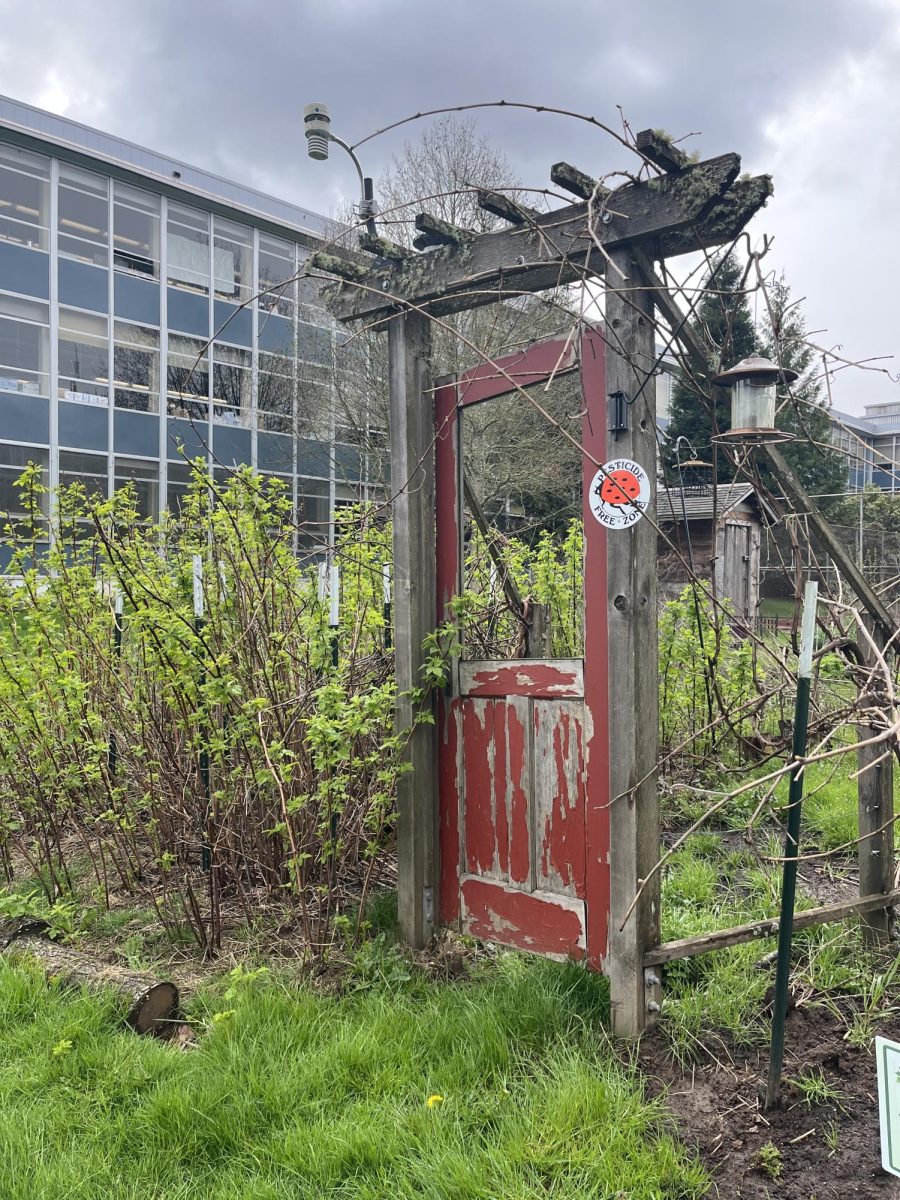
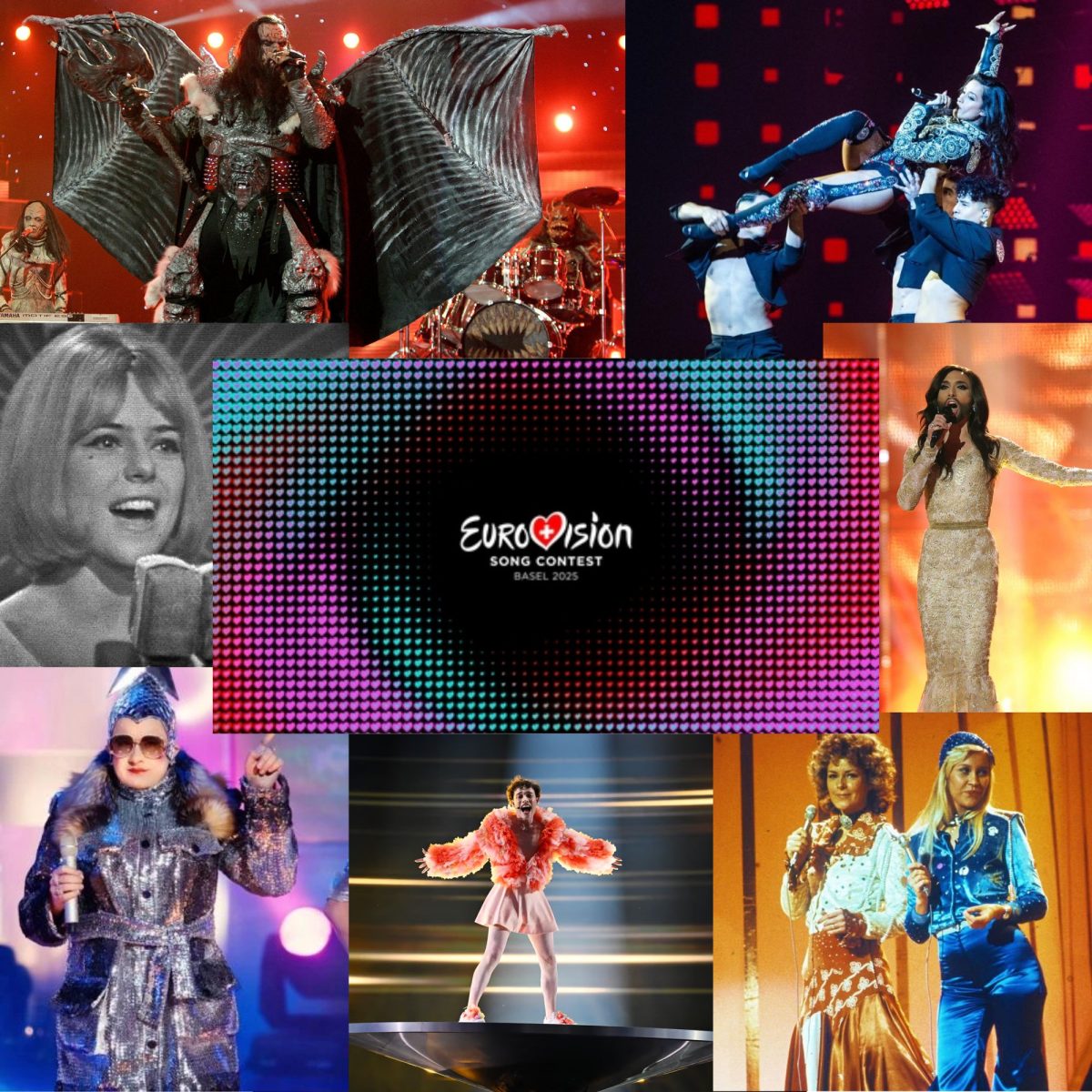

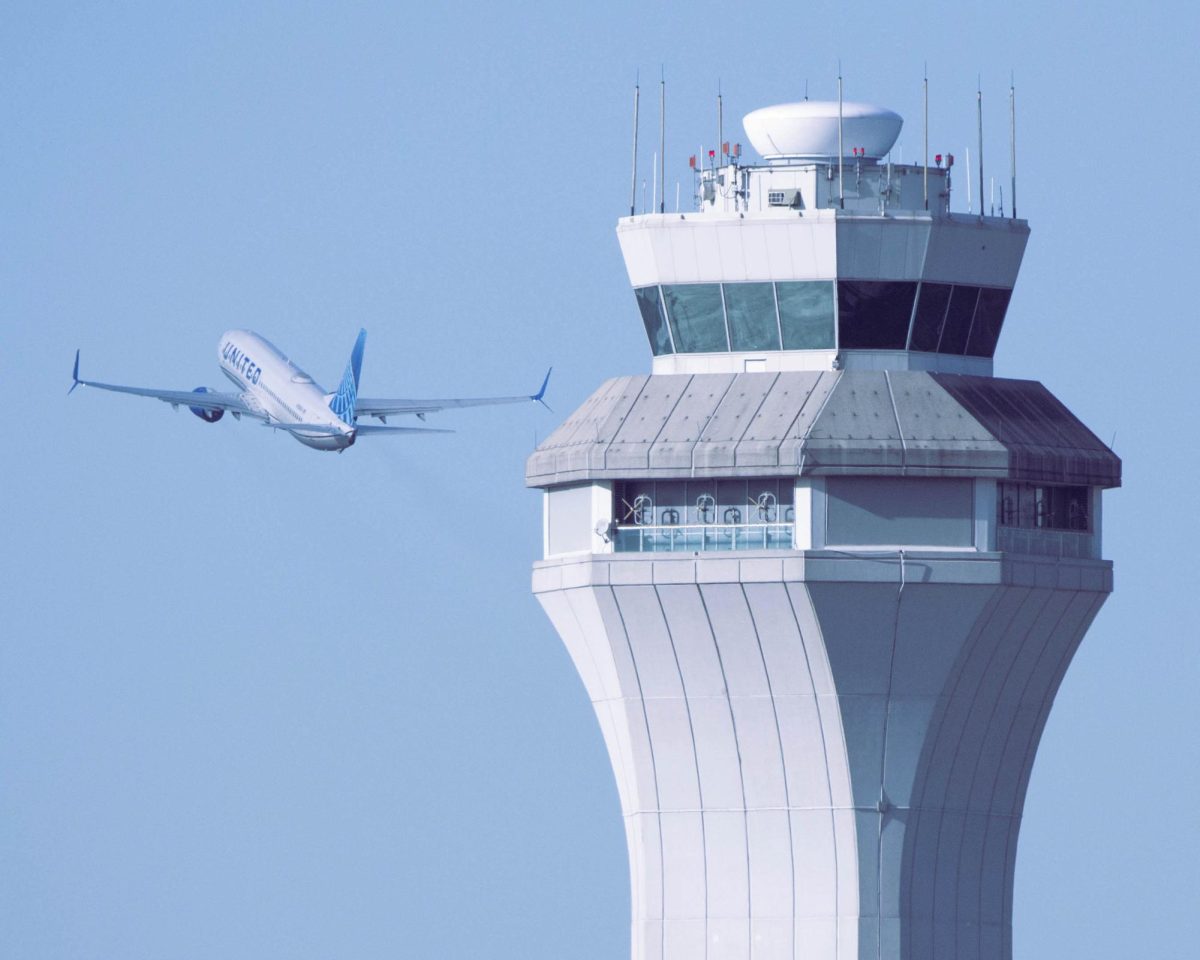
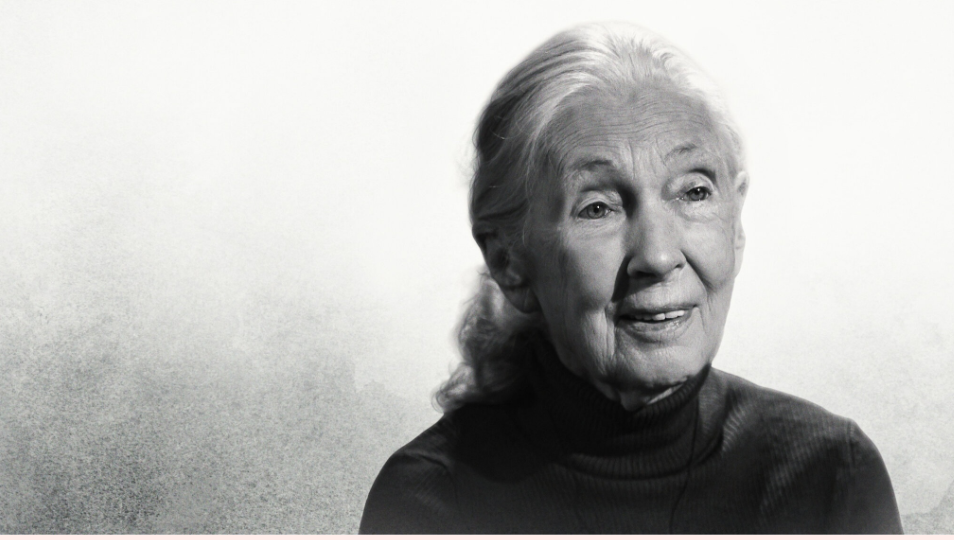




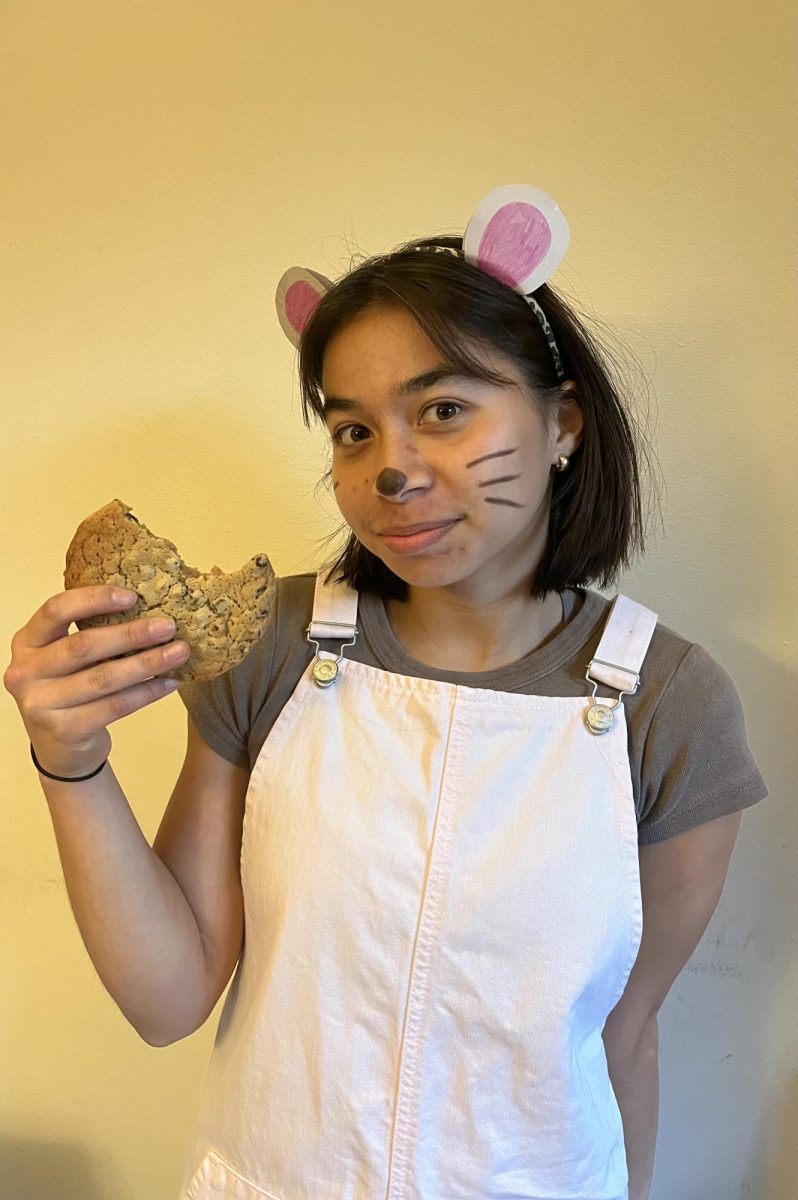






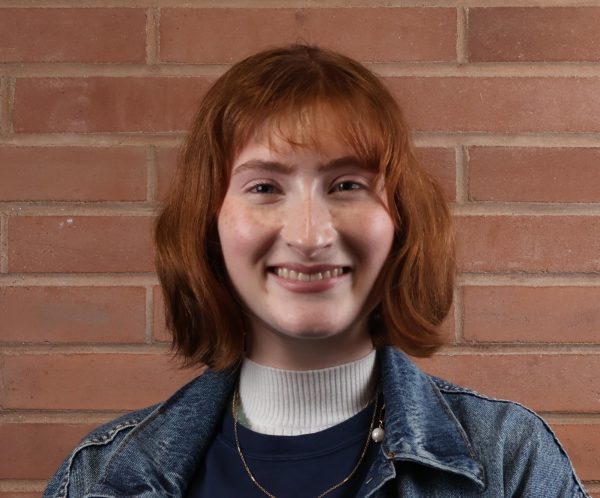
Brosforhugging.net • Apr 24, 2025 at 10:56 am
As someone who is oddly turned away from the whole dapping culture of our school (Mainly ’cause I’m bad at them), and perhaps it’s due to my Pansexuality, but I fully endorse the replacement of the dap with hugs, and more *in depth* and *heartfelt* physical communication between bros.